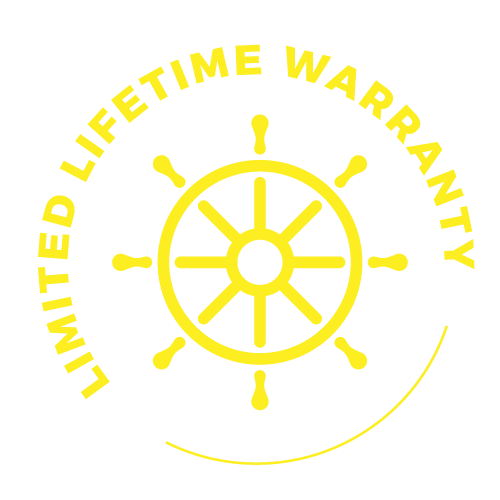Boats are made for adventure. But every time you leave the dock, your vessel is exposed to sun, salt, bumps, and wear that can slowly chip away at its integrity. While some wear and tear is inevitable, unnecessary boat damage can often be prevented with a few smart habits and protective solutions.
Whether you’re a seasoned captain or a weekend cruiser, here are five practical, effective ways to prevent boat damage—and save time, stress, and money in the long run.
1. Use a Boat Lift Cover When Docked
Why It Matters
The sun is relentless—especially in coastal regions like Florida. Constant exposure to UV rays can fade gel coats, crack vinyl, and deteriorate your interior. Rain, debris, and bird droppings don’t help either.
That’s where boat lift covers come in. A high-quality cover shields your boat from sun, water, and grime, helping you avoid cosmetic and structural boat damage.
Bonus: Easier Cleaning, Less Hassle
With a boat lift cover in place, you won’t need to scrub off leaves, bugs, or rust stains before every outing. It’s protection that pays off every single day.
2. Always Check Your Mooring Lines and Fenders
Movement Causes Damage—Even When You’re Not Moving
One of the most overlooked sources of boat damage is dock rash. When your boat shifts around while tied up, it can scrape or bang into pilings, the dock, or even other boats.
Check your mooring lines regularly. Are they taut but not too tight? Do you have fenders placed properly to cushion contact points? Use at least one fender for each 10 feet of boat length—and inspect them for wear.
Pro Tip: Spring Lines
Adding spring lines (angled mooring lines that control forward and backward movement) helps keep your boat centered in the slip, reducing the risk of impact.
3. Don’t Ignore Small Leaks or Cracks
What Looks Minor Might Be Major
Hairline cracks, soft spots in the deck, or tiny leaks in fittings might seem harmless—but they can be early signs of structural failure or water intrusion. Water, especially saltwater, works its way in slowly and causes damage over time.
As part of your regular maintenance routine, inspect:
- Hull and deck seams
- Thru-hull fittings
- Windshield seals
- Storage hatches
Address small issues right away to prevent bigger—and more expensive—problems.
4. Rinse Thoroughly After Every Saltwater Outing
Salt Is Sneaky
Even if your boat looks clean after a trip, salt residue can stick around and cause corrosion, especially on metal parts and electrical systems.
Use fresh water to rinse:
- The hull
- Engine and prop
- Trailer (if applicable)
- Deck hardware and rails
A quick rinse now prevents long-term boat damage and extends the life of everything from your steering system to your cleats.
5. Store It Right in the Off-Season
A Boat That Sits Unprotected Can Age Faster Than One in Use
Off-season neglect is one of the most common causes of boat damage. Whether it’s mildew from trapped moisture, fading from winter sun, or rodents making a home inside your engine bay, damage often happens when you’re not around to see it.
Best Practices for Seasonal Storage
- Use boat lift covers or tarps with proper ventilation
- Remove electronics, food, and anything absorbent
- Add fuel stabilizer and disconnect the battery
- Check on your boat periodically—even if it’s in storage
The right setup ensures you’re ready to launch when the weather warms up—without costly surprises.
Protecting Your Boat Is Protecting Your Investment
Boats aren’t just recreational—they’re investments. And while no protection is perfect, these five steps go a long way in preventing avoidable boat damage.
From smart docking habits to regular inspections and proper storage, small changes can make a big difference. And when it comes to protecting your boat from sun, storm, and debris, boat lift covers are a must-have in any boater’s toolkit.
At Waterway, we design premium boat lift covers built to handle Florida’s toughest weather—and keep your boat looking and performing its best. Need help finding the right fit? We’re here to help.


